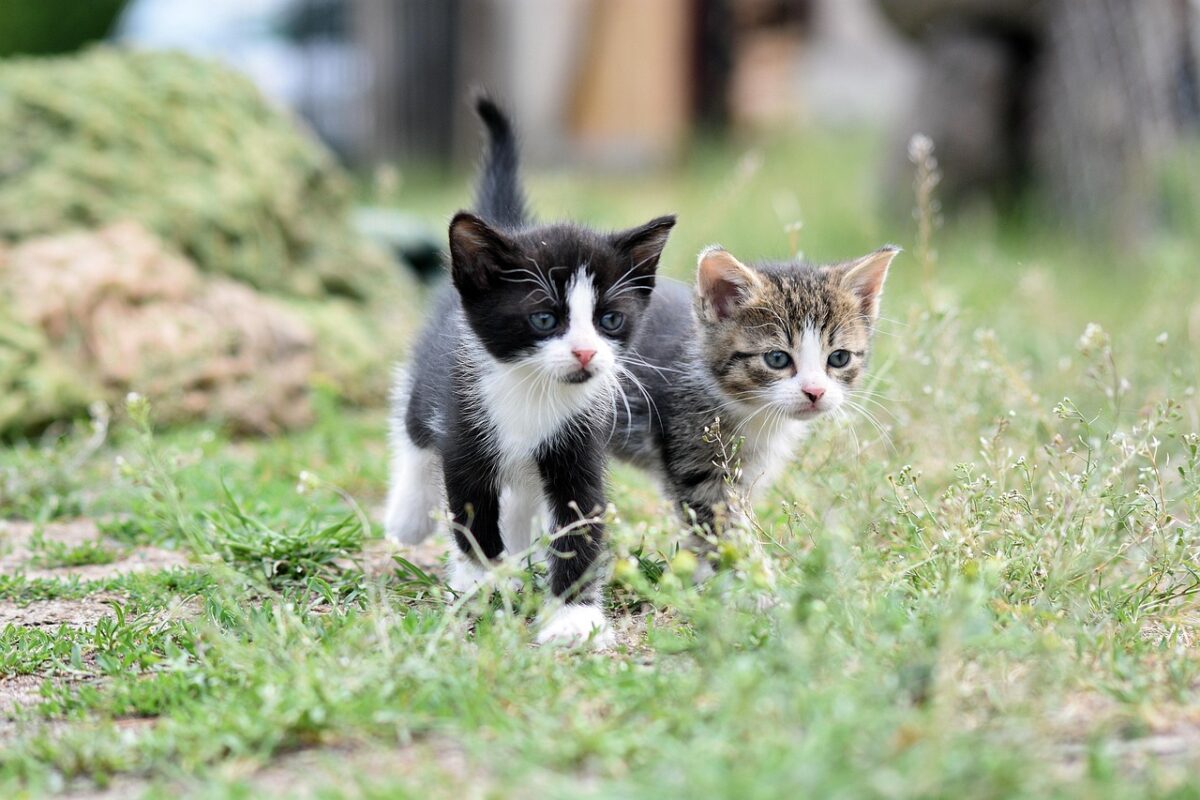Creating a safe and inviting home for both your feline friend and your beloved houseplants is entirely possible with the right choices. As a cat owner, it’s crucial to select plants that not only beautify your space but are also non-toxic to your pets. This guide will explore a variety of cat-safe houseplants, along with care instructions, seasonal tips, and essential tools to ensure both your plants and your cat thrive harmoniously.
Choosing plants that are not toxic to cats is essential for several reasons. Cats are naturally curious creatures, and they may nibble on plants out of curiosity or boredom. By selecting non-toxic plants, you can prevent potential health issues while still enjoying the beauty of greenery in your home. Additionally, many cat-safe plants offer air-purifying qualities, enhancing your indoor environment.
Top 25 Plants Not Toxic to Cats
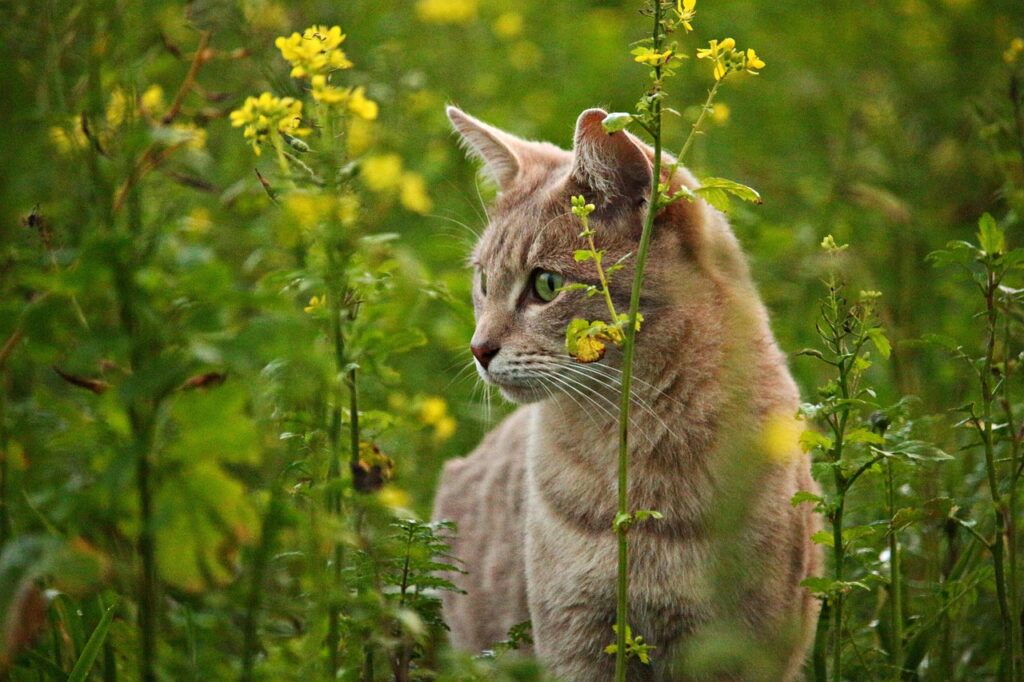
Here’s a curated list of 25+ non-toxic plants for cats that can enhance your indoor garden:
- Spider Plant (Chlorophytum comosum): Easy to care for and thrives in indirect light.
- Bamboo Palm (Chamaedorea seifrizii): A great air purifier that prefers bright, indirect light.
- Boston Fern (Nephrolepis exaltata): Loves humidity and indirect light, perfect for bathrooms.
- Areca Palm (Dypsis lutescens): Adds a tropical feel and is low-maintenance.
- Calathea (Calathea spp.): Known for its striking foliage; enjoys indirect light and regular watering.
- Ponytail Palm (Beaucarnea recurvata): A unique-looking plant that requires minimal watering.
- Lady Palm (Rhapis excelsa): Tolerates low light and helps purify the air.
- Parlor Palm (Chamaedorea elegans): A classic indoor plant that thrives in low light.
- Prayer Plant (Maranta leuconeura): Features beautiful leaf patterns and prefers humidity.
- Friendship Plant (Pilea involucrata): Easy to propagate and loves indirect light.
- Hoya (Hoya spp.): A flowering plant that prefers bright, indirect light.
- Cast Iron Plant (Aspidistra elatior): Extremely hardy and can survive neglect.
- Christmas Cactus (Schlumbergera spp.): Blooms beautifully and prefers indirect light.
- African Violet (Saintpaulia): Known for its vibrant flowers, loves bright, indirect light.
- Phlox (Phlox spp.): Adds color and does well in bright light conditions.
- Friendship Plant (Pilea involucrata): Known for its unique leaves and easy care.
- Peperomia (Peperomia spp.): Compact and easy to grow, suitable for various light conditions.
- Caladium (Caladium spp.): Offers vibrant foliage and prefers indirect light.
- Succulents (Various species): Many varieties are safe; they thrive in bright light and require minimal water.
- Snapdragon (Antirrhinum majus): Bright flowers that add color and are safe for cats.
- Maranta (Maranta leuconeura): Known as the prayer plant, it loves humidity and indirect light.
- Hibiscus (Hibiscus rosa-sinensis): Beautiful blooms that are safe for cats.
- Chinese Money Plant (Pilea peperomioides): Easy to care for, prefers bright light.
- Sweetheart Plant (Hoya kerrii): A charming succulent that is low-maintenance.
- Begonia (Begonia spp.): Many varieties are non-toxic and offer unique foliage.
- Fiddle Leaf Fig (Ficus lyrata): Popular for its large leaves, it thrives in bright light.
- Orchids (Orchidaceae): Many types are safe for cats and add elegance to your home.
Quick Reference Table: Cat-Safe Plants at a Glance
| Plant Name | Light Needs | Watering Needs | Care Level |
|---|---|---|---|
| Spider Plant | Indirect light | Moderate | Easy |
| Bamboo Palm | Bright, indirect | Moderate | Easy |
| Boston Fern | Indirect light | High humidity | Moderate |
| Areca Palm | Bright, indirect | Moderate | Easy |
| Calathea | Indirect light | Consistent moisture | Moderate |
| Ponytail Palm | Bright light | Low | Easy |
| Prayer Plant | Indirect light | High humidity | Moderate |
| Peperomia | Low to bright light | Low | Easy |
| Succulents | Bright light | Low | Easy |
| Orchids | Bright, indirect | Moderate | Moderate |
Essential Care Instructions for Cat-Friendly Plants
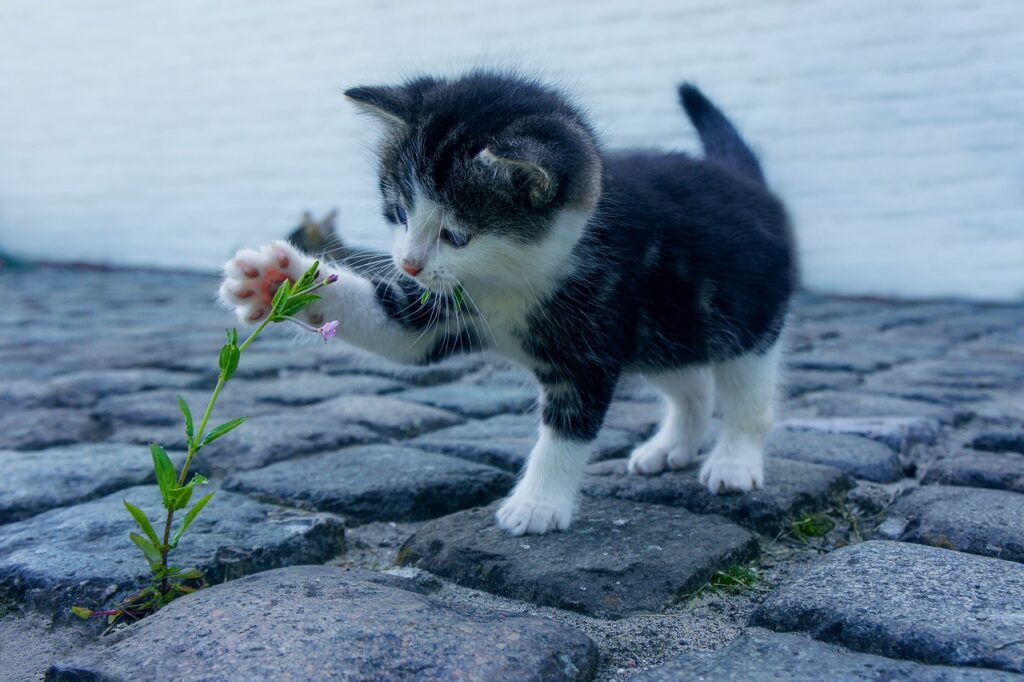
While selecting cat-safe plants is crucial, proper care is equally important. Here are step-by-step care instructions for five popular cat-safe plants:
Spider Plant
- Soil: Well-draining potting mix.
- Light: Prefers bright, indirect light but can tolerate low light.
- Watering: Water when the top inch of soil is dry.
Bamboo Palm
- Soil: Use a high-quality potting mix.
- Light: Thrives in bright, indirect light.
- Watering: Keep the soil slightly moist but not soggy.
Boston Fern
- Soil: Rich, well-draining soil with good moisture retention.
- Light: Prefers indirect light and high humidity.
- Watering: Keep the soil consistently moist.
Calathea
- Soil: Use a well-draining potting mix.
- Light: Enjoys indirect light; avoid direct sunlight.
- Watering: Water when the top inch of soil feels dry.
Succulents
- Soil: Cactus mix or well-draining potting soil.
- Light: Requires bright, direct sunlight.
- Watering: Water deeply but infrequently; let the soil dry out completely.
Seasonal Plant Care Checklist
Maintaining your cat-safe plants throughout the year requires attention to seasonal changes. Here’s a checklist for each season:
Spring
- Repot any plants that have outgrown their containers.
- Start fertilizing as growth resumes.
- Check for pests as the weather warms up.
Summer
- Ensure adequate watering as temperatures rise.
- Consider moving plants outdoors for natural sunlight.
- Monitor humidity levels, especially for tropical plants.
Fall
- Reduce watering as growth slows down.
- Prepare plants for indoor conditions if moved outdoors.
- Check for pests and diseases before bringing them inside.
Winter
- Keep plants away from drafty windows and heating vents.
- Reduce fertilization and watering frequency.
- Use grow lights if natural light is insufficient.
Common Issues: Pests, Diseases, and Troubleshooting
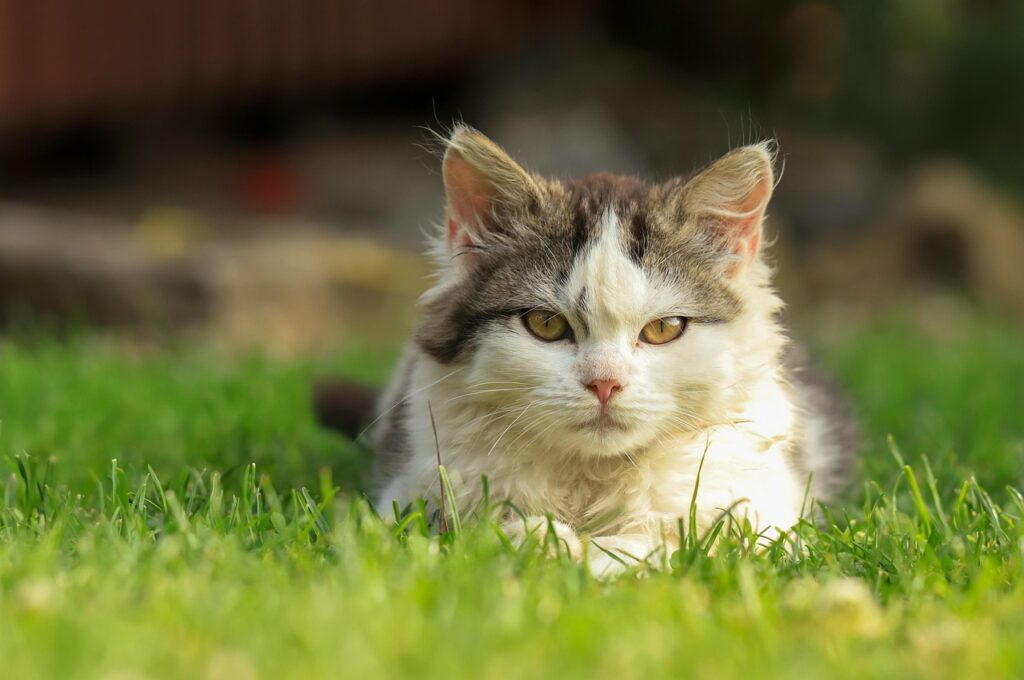
Even cat-safe plants can experience issues. Here are some common problems and solutions:
Pests
- Aphids: Remove them with a strong stream of water or use insecticidal soap.
- Spider Mites: Increase humidity and wipe leaves with damp cloth.
- Mealybugs: Remove with a cotton swab dipped in rubbing alcohol.
Diseases
- Root Rot: Ensure proper drainage and reduce watering.
- Leaf Spot: Remove affected leaves and adjust watering practices.
General Troubleshooting
- Yellowing leaves can indicate overwatering.
- Wilting might suggest underwatering or insufficient light.
Tools and Supplies for Safe Indoor Gardening
To maintain your cat-safe plants effectively, consider investing in the following tools and supplies:
- Quality potting soil suitable for your plant types.
- Proper pots with drainage holes.
- Watering can with a narrow spout for precision.
- Fertilizer specifically formulated for indoor plants.
- Humidity trays to maintain moisture around tropical plants.
- Pruning shears for healthy growth and maintenance.
Safety Tips: Protecting Both Plants and Cats
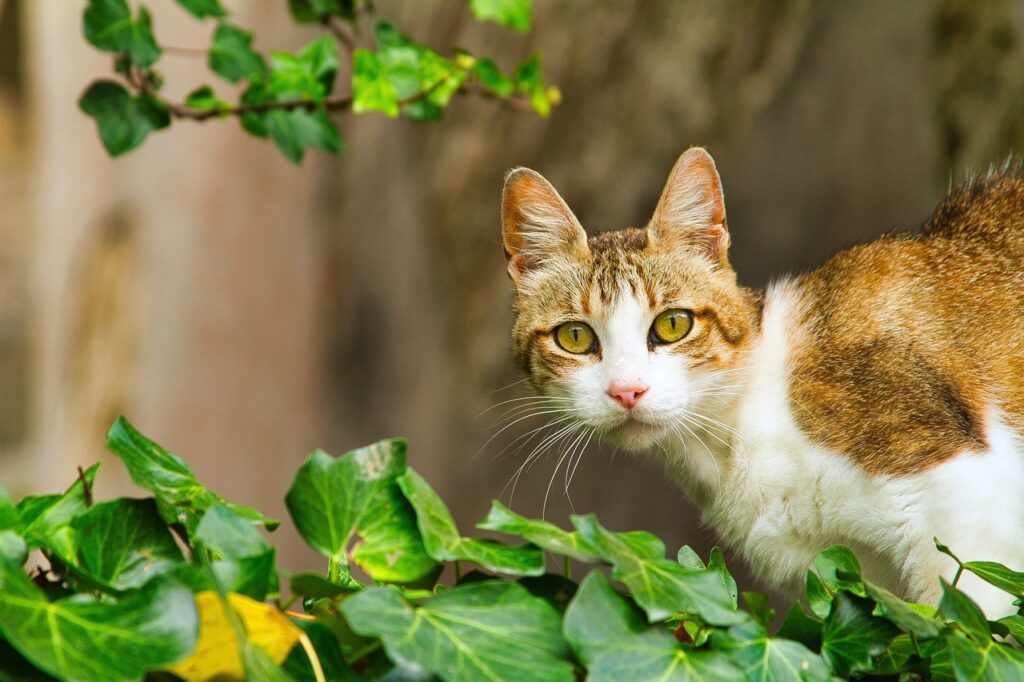
To ensure a safe environment for your plants and cats, consider these tips:
- Place plants out of reach of curious cats.
- Use decorative stones on the soil surface to deter digging.
- Provide alternative plants, such as cat grass, for your cat to enjoy.
- Monitor your cat’s behavior around plants to prevent nibbling.
